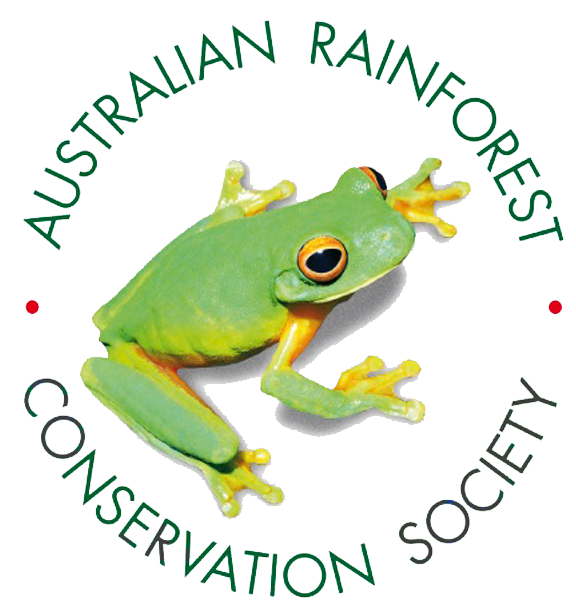 |
Why rainforests? | Who we are | What we do | Places we protect | How you can help us | News & views | Join us | Donate | Publications |
Springbrook RescueThe ScienceOur great challenge is to restore ancient ecological communities that were stable and resilient habitats of many plants and animals for well over twenty million years until they were cleared, often many times, during the last century. Restoring these degraded rainforest landscapes to anything like their original state, even if that is possible under greatly changed conditions, is much more than simply letting nature take its course or planting and weeding then hoping for the best. To intervene unnecessarily can be costly, potentially risking failure. Not to act when action is required is definitely risking failure. Knowing when and when not to act becomes crucial. A scientific approach becomes essential. To restore damaged landscapes, one needs to try to understand how the original ecosystem works, the history of disturbance that led to the current state, and the nature of damage done not just to the vegetation, individual species and their habitats but to the physical environment and all the complex interactions between components as well (Hobbs 2007). Our science strategy sets out
Our Ecological Conceptual Model Reference Miller, J.R. and Hobbs, R.J. (2007) Habitat restoration — Do we know what we’re doing? Restoration Ecology 15, 382–390. |